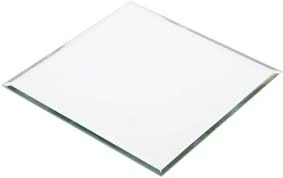

Understanding the Costs of Tempered Glass A Comprehensive Overview
Tempered glass, also known as toughened glass, has gained significant popularity for its safety and durability in various applications, including architecture, automotive, and household items. However, one of the primary considerations for consumers and businesses alike is the cost associated with this advanced material. In this article, we will explore the factors influencing the cost of tempered glass, the benefits of investing in it, and tips on how to manage your expenses effectively.
Factors Influencing the Cost of Tempered Glass
Several factors determine the pricing of tempered glass. First and foremost, the quality and thickness of the glass play a critical role. Standard thicknesses for tempered glass usually range between 4mm and 19mm. As the thickness increases, so does the cost, due to the additional material required and the more complex manufacturing process.
Another significant factor is the type of tempering process used. There are primarily two methods the furnace method and the chemical method. While both produce durable glass, the furnace method is more common and typically less expensive. On the other hand, the chemical method can offer enhanced performance but may come at a higher cost.
Customization also affects the price. Tempered glass can be manufactured in various shapes, sizes, and finishes, including tinted or laminated options. Custom designs require specialized machinery and labor, leading to increased costs. Additional features, such as coatings for thermal efficiency or UV protection, can further elevate the price.

Benefits of Investing in Tempered Glass
Despite the higher upfront costs compared to regular glass, tempered glass provides numerous benefits that can make it a worthwhile investment. Its inherent strength makes it resistant to impact, reducing the risk of breakage. In the rare event that it does break, tempered glass shatters into small, blunt pieces rather than sharp shards, significantly minimizing the risk of injury.
Moreover, tempered glass can endure high-temperature changes, making it ideal for environments subjected to thermal stress. This characteristic is particularly beneficial in construction, where it is often used for facades and glass doors.
Managing Costs Effectively
To manage the costs associated with tempered glass, consumers should consider a few strategies. First, comparing quotes from various suppliers can help identify competitive pricing. Additionally, purchasing in bulk may offer discounts. It is also advisable to evaluate the specific requirements for your project, ensuring you choose only the necessary features to avoid unnecessary expenses.
In conclusion, while tempered glass does come with higher costs, its benefits in terms of safety, durability, and aesthetic appeal often outweigh the initial investment. By understanding the factors that influence pricing and implementing effective cost management strategies, consumers can make informed decisions that align with their needs and budgets.